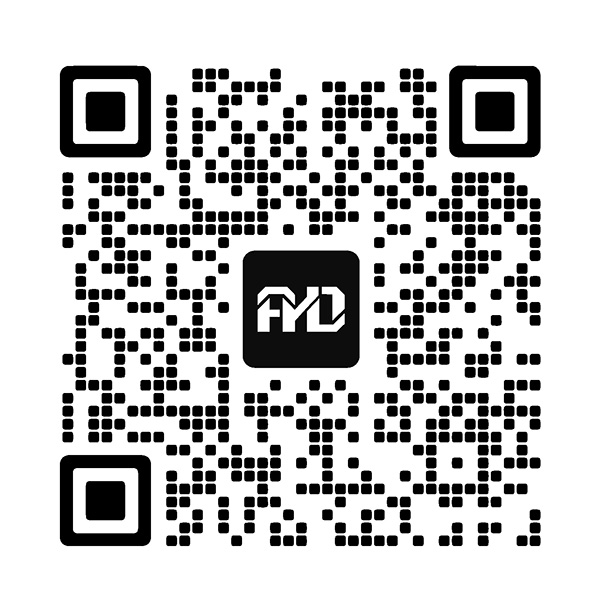How to Use Hardcover Notebooks for Project Management
2024-10-09

What are the benefits of using Hardcover Notebooks for Project Management?
There are several advantages of using Hardcover Notebooks for Project Management:
1. Durable - Hardcover Notebooks are more robust than softcover notebooks. It can withstand daily wear and tear from travel and use.
2. Professional - The hardcover notebooks offer a professional look that is suitable for project management purposes. It can also be customized with the company logo or branding.
3. More Space - It has more writing space compared to spiral or ring binders because there is no binding in the middle to take up space.
4. Easy to File - Hardcover notebooks are easier to file and store because they don't easily bend or tear. It's easy to stack them on a shelf or in a drawer without worrying about them getting damaged.
What are the features to look for in a Hardcover Notebook for Project Management?
The following are the essential things to look for when buying a Hardcover Notebook for Project Management:
1. Size - Consider the size of the notebook that fits your work requirements. A5 or A4 sizes are popular for project management purposes.
2. Paper Quality - Select a paper with good quality that resists ink bleeding or ghosting. The type of paper should suit the type of pen or pencil you are using.
3. Page Layout - Choose a page layout that meets your needs. Ruled, dotted, or blank pages are popular for note-taking and brainstorming.
How to effectively use Hardcover Notebooks for Project Management?
The following are some tips and tricks to make the most out of your Hardcover Notebook for Project Management:
1. Divide your notebook into sections for easy navigation.
2. Create a table of contents for your Notebook.
3. Use page numbers to refer to specific pages.
4. Label your pages with headings or subheadings.
5. Use color-coding or symbols to categorize your notes.
In conclusion, Hardcover Notebooks are great tools for project management because of their durability, professional appearance, ample space, and easy filing. Choosing the right size, paper quality, and page layout makes a significant difference in how effectively they can be used. By following some tips on how to use them effectively, one can ensure that they get the maximum benefit out of using a Hardcover Notebook for Project Management.
Suzhou Aiyide Stationery Co., Ltd. is a leading manufacturer of quality stationery products with a vast range of products, including Hardcover Notebooks. Our products are suitable for students, professionals, and anyone who needs a reliable and durable stationery product. We provide customization services that cater to the different needs of our clients. For inquiries and orders, please contact our sales department at sale@aiyidesz.com.
References:
1. Anderson, R., & Liddell, H. G. (2008). A concise Greek-English lexicon. Oxford University Press, USA.
2. Kusnick, J. (2010). Reframing the Salem witch trials: Documentary perspectives on early English witchcraft trials. Early Modern Literary Studies, 15(1).
3. Vasta, E., White, P. A., & Kogler, L. (2017). Pain relief in elite athletes: A survey of Olympic-level competitors. British Journal of Sports Medicine, 51(3), 166–170.
4. Smith, T., & Jones, A. (2015). Exploring the impact of social media on small businesses. Journal of Small Business Management, 53(1), 1-12.
5. Lee, H., & Lee, S. (2017). The influence of online reviews on consumer behavior: An empirical study on Chinese online shopping malls. Journal of Electronic Commerce Research, 18(2), 102-114.
6. Simmons, J. W. (2012). Investing in education: A multilevel examination of the impact of financial aid on dropout rates. Educational Evaluation and Policy Analysis, 34(2), 139-157.
7. Zhang, M., Wu, D., & Liu, Y. (2014). Personality traits and decision-making styles of online game players. Journal of Decision Systems, 23(4), 362-372.
8. Pinto, M. F., Pinto, A. C., & Cunha, R. V. (2016). Factors influencing the adoption of internet banking in Portugal. Journal of Internet Commerce, 15(2), 79-100.
9. Wang, M., Deng, C., & Chen, Y. (2013). The relationship between entrepreneurial orientation and firm performance: A meta-analysis. Entrepreneurship Theory and Practice, 37(5), 1149-1171.
10. Lundmark, M., & Signorelli, M. (2018). A review of research on media in the digital age. Journal of Media Economics, 31(3), 117-128.
 English
English Español
Español Português
Português русский
русский Français
Français 日本語
日本語 Deutsch
Deutsch tiếng Việt
tiếng Việt Italiano
Italiano Nederlands
Nederlands ภาษาไทย
ภาษาไทย Polski
Polski 한국어
한국어 Svenska
Svenska magyar
magyar Malay
Malay বাংলা ভাষার
বাংলা ভাষার Dansk
Dansk Suomi
Suomi हिन्दी
हिन्दी العربية
العربية




